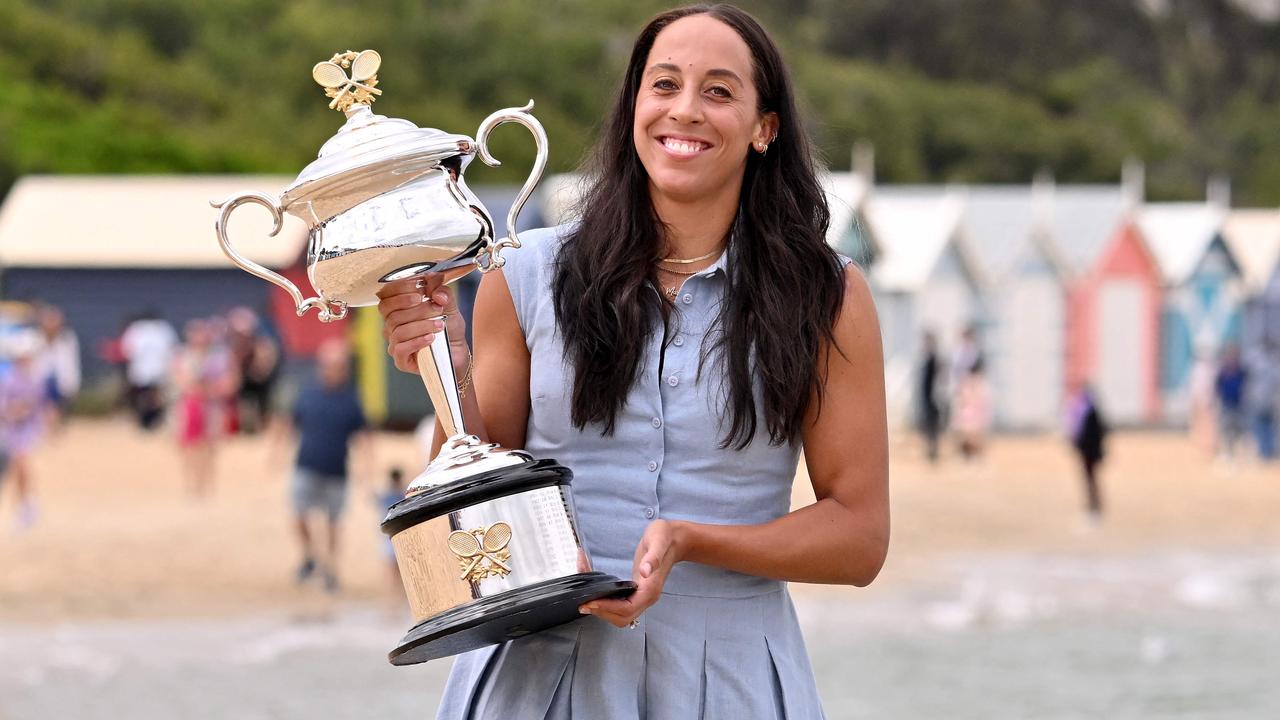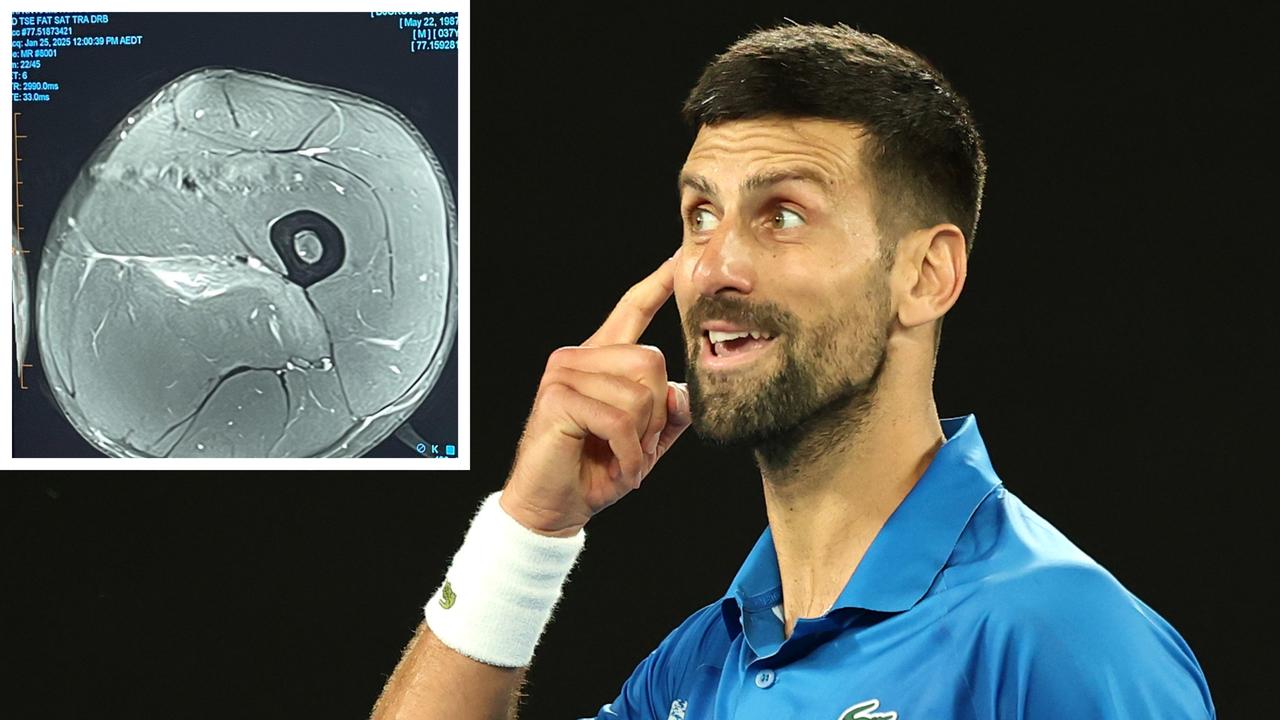Australian Open flashback: Paul McNamee, then-CEO, on how 2005 saved the grand slam
The 2005 Australian Open remains the turning point for what is arguably the biggest sporting event in the country. This is how organisers saved our grand slam, and made it bigger than ever.
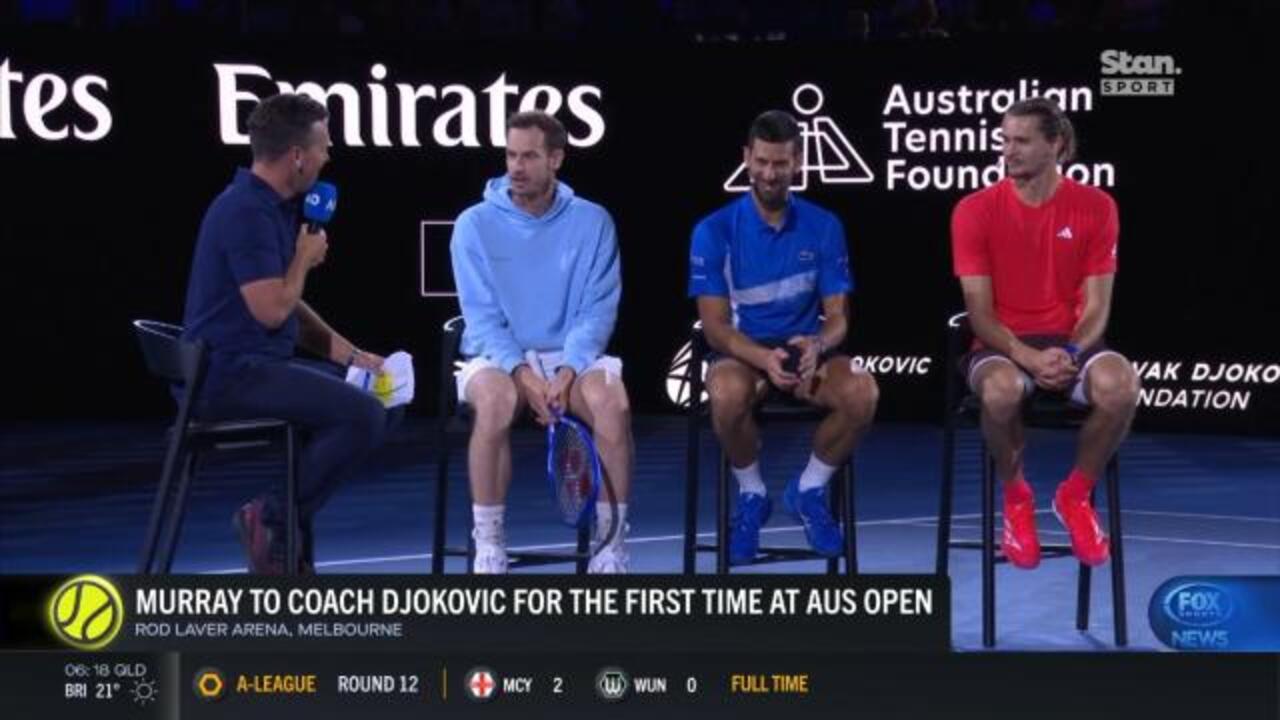
Tennis
Don't miss out on the headlines from Tennis. Followed categories will be added to My News.
Twenty years on, the 2005 Australian Open remains the turning point for what is now the biggest sporting event in the country, thanks to some unforgettable performances by the players of that era, some ambitious forward-thinking by administrators, and a wild stroke of luck.
While casual tennis fans fondly remember 2005 as the year Lleyton Hewitt came desperately close to ending Australia’s long drought on home soil, his rollercoaster run to the final was just the eye of a perfect storm that transformed the Australian sporting landscape forever.
“That was the moment the Australian Open became as big as the other grand slams,” the tournament’s then chief executive Paul McNamee told this masthead.
“We did get lucky with some things that year but we’d paid our dues, we’d been the junior partner for so long but we became a full and equal partner and no one has ever said since that the Australian Open isn’t as good as the others now.”
DOWNLOAD YOUR 2025 AUSTRALIAN OPEN DRAW POSTER

As unimaginable as it seems today, it wasn’t that long ago that the Australian Open was struggling to retain its grand slam status, dwarfed by the other three majors and unable to attract the best tennis players in the world because it offered less money and ranking points than Wimbledon, the US Open and the French Open.
The tournament’s elite status was saved when it was given a permanent home at Melbourne Park in 1988 but it was still considered inferior to the other grand slams until things radically changed in 2005.
Hired by Tennis Australia president Geoff Pollard with orders to lift the floundering Australian Open up to the same level as the other majors, McNamee strategically targeted 2005 as the year to roll the dice and make a splash.
“We needed it to be big because that was our centenary - 100 years since the first Australian Open in 1905 - so it was a significant milestone and we wanted to do justice to our great tennis heritage,” McNamee said.
“We had some extra budget for that year so we were able to do a lot of new things.”

To mark the centenary, McNamee approved the publication of a book on the tournament, with the greats of the game all contributing chapters, as well as commissioning a documentary film that was shown on the big screens at fans sites around the country.
He also cut a deal with the NSW government to ensure tournament matches were broadcast live outside the Sydney Opera House to crowds of 75,000 and arranged for past players who had never been given trophies for winning the Australian Opens in the 1970s and 1980s to finally receive some silverware.
“When tennis went professional in 1968/69, because there was prize money, they didn’t have trophies for 20 years,” McNamee said.
“I’d continually be running into players who said ‘I never got a trophy’, and I would tell them: ‘I will fix it one day’ and we did, in 2005, when we had a bit more budget.”

A two-time Davis Cup winner and multiple grand slam doubles champion, McNamee was highly respected within the game as a player but turned out to be just as popular as an administrator because he was quick to recognise things that needed fixing.
Until he took over, the marquee matches at the Australian Open were always scheduled for the daytime because the host television broadcasters didn’t show the late night matches live.
McNamee changed that, and personally oversaw the schedule to ensure the Australian Open was seen by as many eyeballs as possible, while also promoting Aussie players.
In 2005, he made sure that Australia’s top ranked players, Hewitt and Alicia Molik, both played their fourth-round matches on the Rod Laver Arena on Australia Day, and he hit the jackpot.
Molik beat Venus Williams 7-5 7-6 in a heart-stopper then the combative Hewitt won a five set thriller against a little known teenage Spaniard just starting out on the professional circuit.
“That kid was Rafa Nadal,” McNamee said. “He was still very young but boy could he play.”
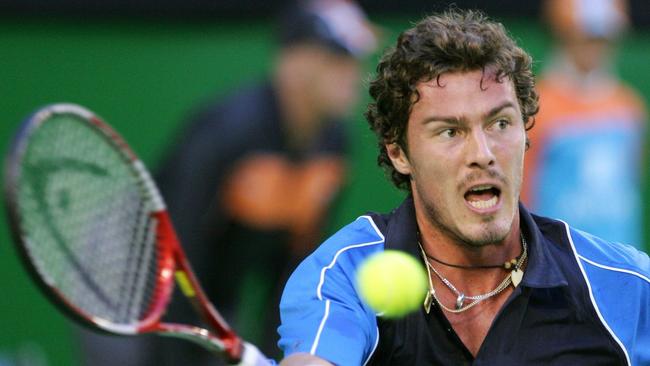
The 2005 tournament was blessed with star players who were involved in classic matches.
The top four men in the world at the time - Swiss master Roger Federer, American Andy Roddick, Hewitt and Russia’s Marat Safin all made the semi-finals.
Hewitt beat Roddick in five sets to become the first local to make an Australian Open singles final since Pat Cash in 1988 while Safin defeated Federer in a nail biting marathon five-setter to reach his third final in four years.
Despite playing with all the passion and ferociousness that Aussies loved, Hewitt lost the final in four sets, but his contribution to making the Australian Open the mega event it is today was immeasurable.
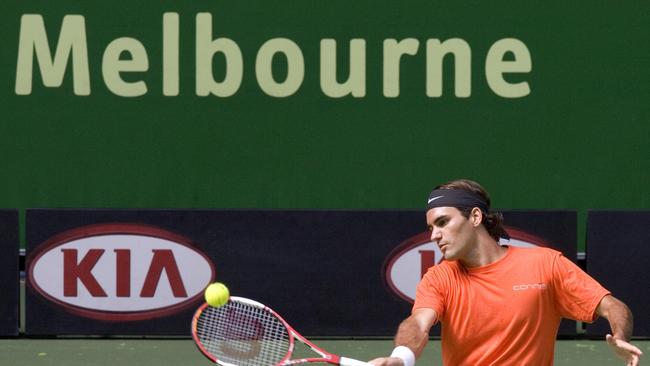
“All the top players of the time turned up but Lleyton doing well was huge,” McNamee said. “The ratings were off the charts. The men’s final averaged over four million viewers, which made it the highest rating television event in the history of Australian television, not just sport, which only just got beaten when the Matildas played England in the World Cup semi-finals.
“Channel Nine was always the number one network in Australia because it had cricket but that year, Channel Seven, which had tennis, knocked them off for the first time in their history and became the number one network, which they held for a long time.
‘And the crowds were ballistic. We got over 500,000 spectators which was a record at the time for any grand slam. They get over one million now but this was the tournament that set the new milestones.”
More Coverage
Originally published as Australian Open flashback: Paul McNamee, then-CEO, on how 2005 saved the grand slam




